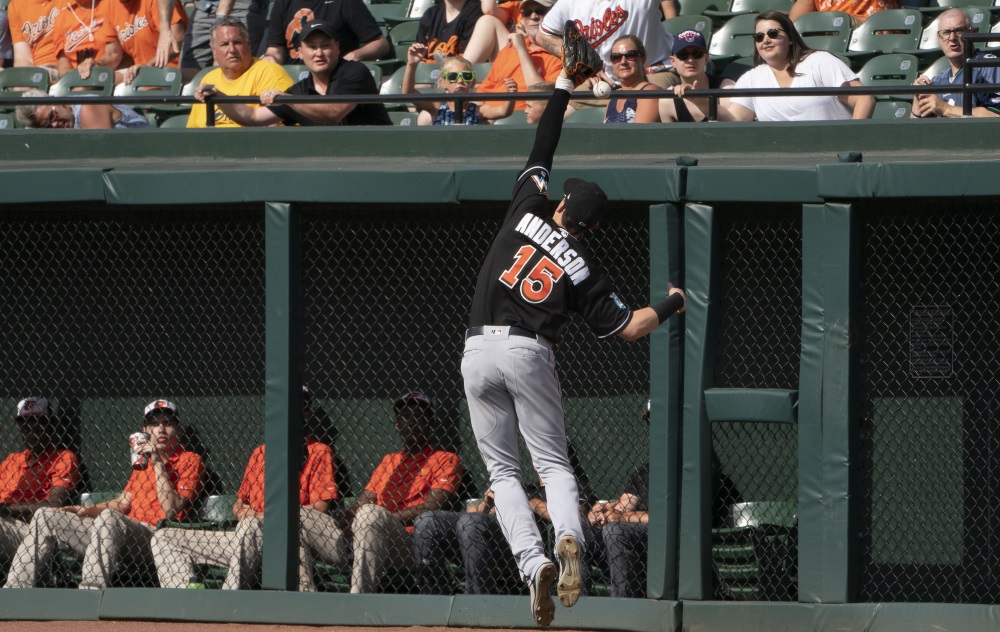Kyle Crick’s Return to Relevance
Growing up, the closest minor-league club to me was the Richmond Braves. This was the late 90s and many top prospects who would go on to major-league careers came through town for a season. My scorebook from those years is filled with games that included former major leaguers Andruw Jones and Bruce Chen, along with lesser luminaries such as Wes Helms and Odalis Perez. The Braves moved to Gwinnett after the 2008 season, and the Flying Squirrels — the Giants’ Double-A affiliate — would move to Richmond in 2010.
The parade of prospects slowed a bit after the Flying Squirrels arrived. Buster Posey skipped Double-A, Brandon Belt’s 2010 breakout helped propel him to a top-100 prospect. However, without question, the biggest prospect who stayed in Richmond for any length of time was Kyle Crick. He arrived in 2014 as the 32nd-best prospect in baseball according to MLB.com. He proceeded, however, to stay in town for three seasons without being promoted or demoted. Needless to say, his prospect light dimmed during that period.
When Crick was promoted to Fresno in 2017, it was more out of a need to see if he had any chance of reaching the majors that season, as he was eligible to become a minor-league free agent at the end of the year. He would eventually make it to the Giants’ bullpen and then, later, to Pittsburgh as part of the Andrew McCutchen deal.
In Pittsburgh, Crick has become a serviceable bullpen option, combining with Richard Rodriguez and Felipe Vazquez to helm a bullpen unit that ranks among the league’s top 10 in K/9, FIP, and xFIP. The success of all three has been unexpected — Crick included, despite his prospect pedigree. By leaning on his long-held strengths and gaining a modicum of control over his weaknesses, Crick has been able to end his long minor-league odyssey and has found success in the majors, albeit in a role which he had hoped to avoid.
